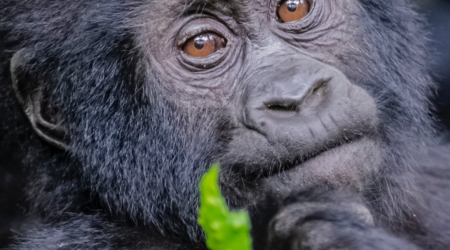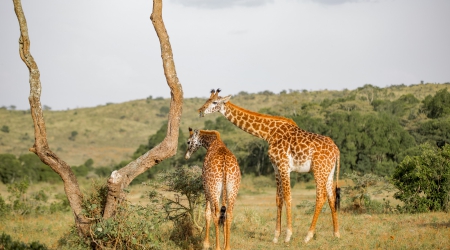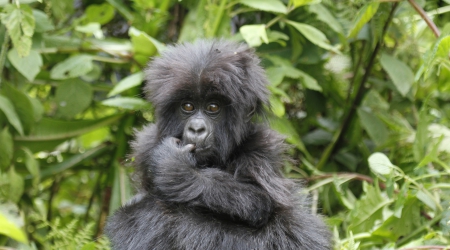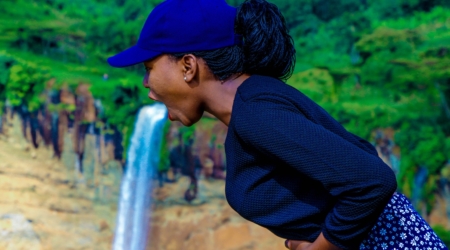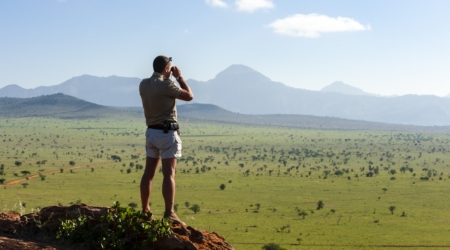Bwindi Impenetrable National Park has and plays a vital role in the study and conservation of primates. This ancient forest is home to a remarkable variety of primate species. It is, therefore, one of Africa’s most significant regions for primate ecology. Its dense, multi-layered habitat provides the perfect environment for primates, offering a unique opportunity for scientific observation and environmental preservation.
The park’s primates are critical to the ecological balance of the forest and represent an essential focus on conservation efforts. Understanding these species’ diversity, behaviours, and habitats provides a clearer picture of the challenges and opportunities associated with protecting them in their natural environment.
Mountain Gorillas: The Stars of Bwindi

Mountain gorillas (Gorilla beringei beringei) are among Bwindi Impenetrable National Park’s most iconic inhabitants. These great apes face critical extinction, with Bwindi serving as a vital stronghold for their survival. The park is home to nearly half of the world’s remaining mountain gorillas, making it a key location for conservation and research efforts.
You can distinguish Mountain gorillas by their robust build, thick fur that provides insulation against Bwindi’s cool temperatures, and highly social nature. Living in cohesive family groups led by a dominant silverback male, these gorillas exhibit intricate social structures and behaviours. Interactions within the groups, such as grooming and vocal communication, reflect social intelligence that continues to captivate researchers.
Gorilla trekking in Bwindi has become a cornerstone of wildlife tourism, allowing visitors to observe these primates in their natural habitat. Carefully managed by conservation authorities, trekking activities are designed to minimise disturbance to the gorillas while maximising visitors’ experience. Permits, strict group sizes, and regulated trekking routes ensure the protection of the gorilla habitats and that their behaviour remains largely unaffected by human presence.
Chimpanzees: The Forest’s Clever Inhabitants
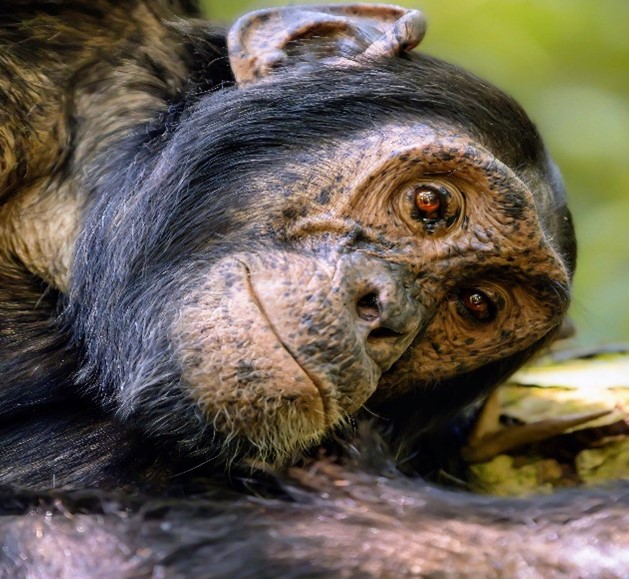
Chimpanzees (Pan troglodytes schweinfurthii), a subspecies of the common chimpanzee, are another notable primate species in Bwindi Impenetrable National Park. Known for their advanced cognitive abilities, complex social behaviours, and adaptability, they are a focal point for the region’s scientific research and conservation initiatives.
Chimpanzees are highly intelligent animals, capable of using tools, solving problems, and exhibiting behaviours that suggest cultural learning within their communities. They live in fission-fusion societies, where group sizes fluctuate depending on resource availability and social dynamics. This flexible social structure allows them to adapt to the changing conditions of the forest, from periods of food abundance to scarcity.
In Bwindi, chimpanzees primarily inhabit the park’s lower-altitude forest regions, where fruit trees and other food sources are abundant. Their diet consists of fruits, leaves, seeds, and occasionally insects or small vertebrates, highlighting their role as omnivores within the ecosystem. Chimpanzees contribute to the forest’s natural regeneration by dispersing seeds through their feeding activities.
Chimpanzee trekking is an emerging activity in Bwindi that allows visitors to observe these remarkable primates in their natural habitat. Like gorilla trekking, strict guidelines govern the activity to ensure minimal disruption to the chimpanzees’ daily routines.
Conservation efforts for chimpanzees in Bwindi face challenges, including habitat fragmentation, human-wildlife conflicts, and the risk of disease transmission. Ongoing initiatives aim to address these issues through habitat protection, community engagement, and research programs that deepen our understanding of chimpanzee behaviour and needs.
Colobus Monkeys: Masters of the Canopy
Bwindi Impenetrable National Park is home to the striking black-and-white colobus monkeys (Colobus guereza). These arboreal primates are known for their graceful movements and distinct appearance. They have glossy black fur accented with white mantles, whiskers, and tails.
Adapted to life in the canopy, black-and-white colobus monkeys rarely descend to the forest floor. Their elongated limbs and reduced thumbs are ideal for leaping and grasping branches, enabling them to traverse Bwindi’s dense tree cover with agility. Their diet consists predominantly of leaves, supplemented with flowers, unripe fruits, and seeds, which they digest efficiently thanks to their specialised multi-chambered stomachs.
These monkeys are highly social, living in groups of a few individuals or over a dozen members. They maintain Group cohesion through grooming, vocalisations, and coordinated movements through the canopy.
Other Noteworthy Primates
In addition to mountain gorillas, chimpanzees, and black-and-white colobus monkeys, Bwindi Impenetrable National Park is home to various other primate species that contribute to the forest’s ecological complexity and appeal. These lesser-known primates are equally fascinating and play vital roles in sustaining the forest’s dynamic ecosystem.
L’Hoest’s Monkeys
L’Hoest’s monkeys (Allochrocebus lhoesti), also called mountain monkeys, are frequently seen in Bwindi’s undergrowth and lower canopy. Recognisable by their dark fur, white bib-like throat patches, and long tails, these monkeys prefer the forest floor, where they forage for fruits, seeds, leaves, and invertebrates. L’Hoest’s monkeys live in small groups, typically led by a dominant female, and are known for their shy demeanour, often retreating into dense vegetation at the first sign of disturbance.
Vervet Monkeys
Vervet monkeys (Chlorocebus pygerythrus) are small, agile primates that thrive in the park’s forest edges and open areas. They are easily identified by their greyish fur, black faces, and distinctive white fringe around their eyes. These monkeys are highly adaptive and opportunistic feeders, consuming various fruits, seeds, flowers, and insects. Their highly social and hierarchical groups often exhibit complex communication patterns, including alarm calls tailored to specific predators.
Blue Monkeys
Blue monkeys (Cercopithecus mitis) are essential primates in Bwindi. Despite their name, their fur is not genuinely blue but greyish-black with a slightly bluish tint. Blue monkeys are predominantly arboreal, living in the mid to upper canopy and feeding on fruits, leaves, and insects. They are often observed in multi-species groups, associating with other primates, such as colobus monkeys, to enhance foraging efficiency and predator detection.
Conclusion: Challenges and the Future of Bwindi’s Primates
Habitat Loss and Fragmentation
- Expanding agricultural activities and human settlements around Bwindi continue to reduce the forested areas crucial for primate survival. Encroachment on forest boundaries increases human-wildlife conflicts and limits the space for primates to thrive.
Poaching and Illegal Activities
- While poaching for bushmeat has declined due to community awareness and conservation initiatives, sporadic incidents persist, posing a direct threat to primates. Traps and snares intended for other wildlife can also unintentionally injure primates.
Disease Transmission
- The close genetic relationship between primates and humans increases the risk of disease transmission. Respiratory illnesses, in particular, are a significant concern, especially given the interaction between primates and visitors or researchers.
Climate Change
- Alterations in rainfall patterns and temperature affect Bwindi’s ecosystem, impacting food availability and habitat conditions for primates. These changes could disrupt migration patterns, breeding cycles, and the delicate balance of the forest environment.







